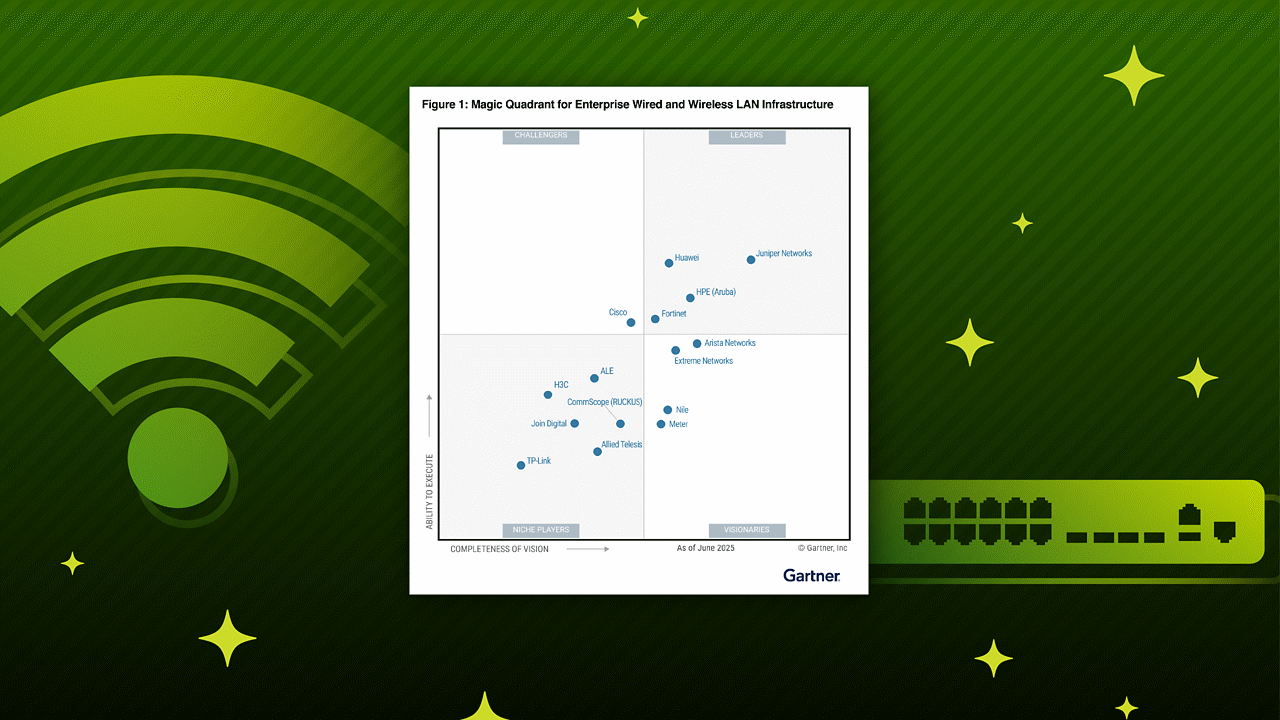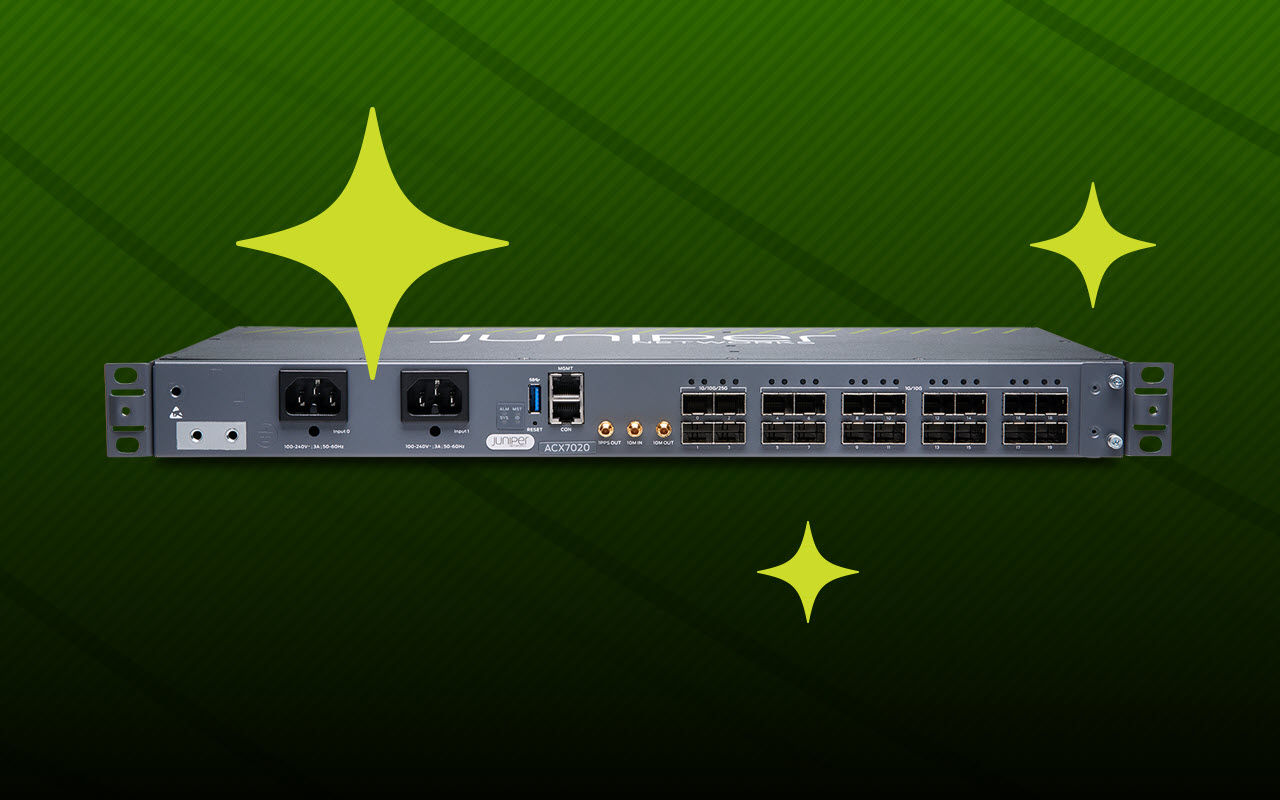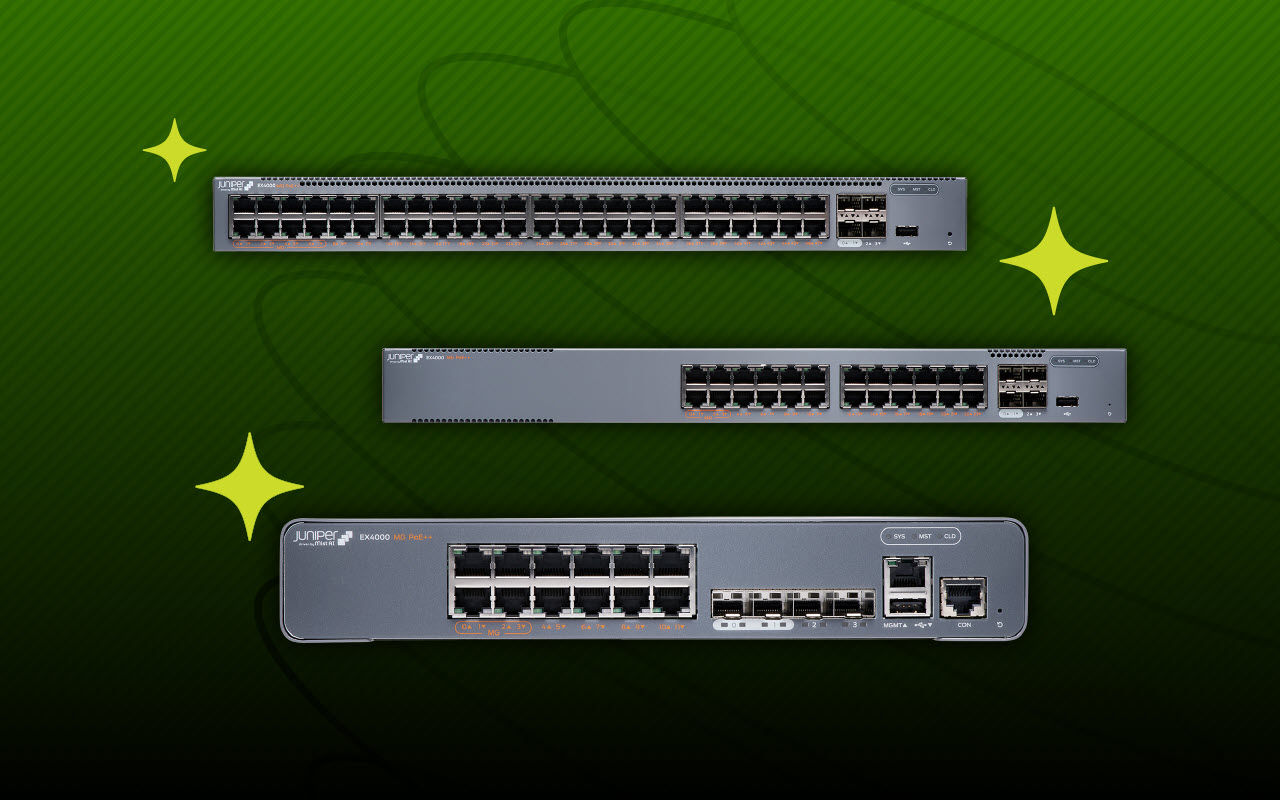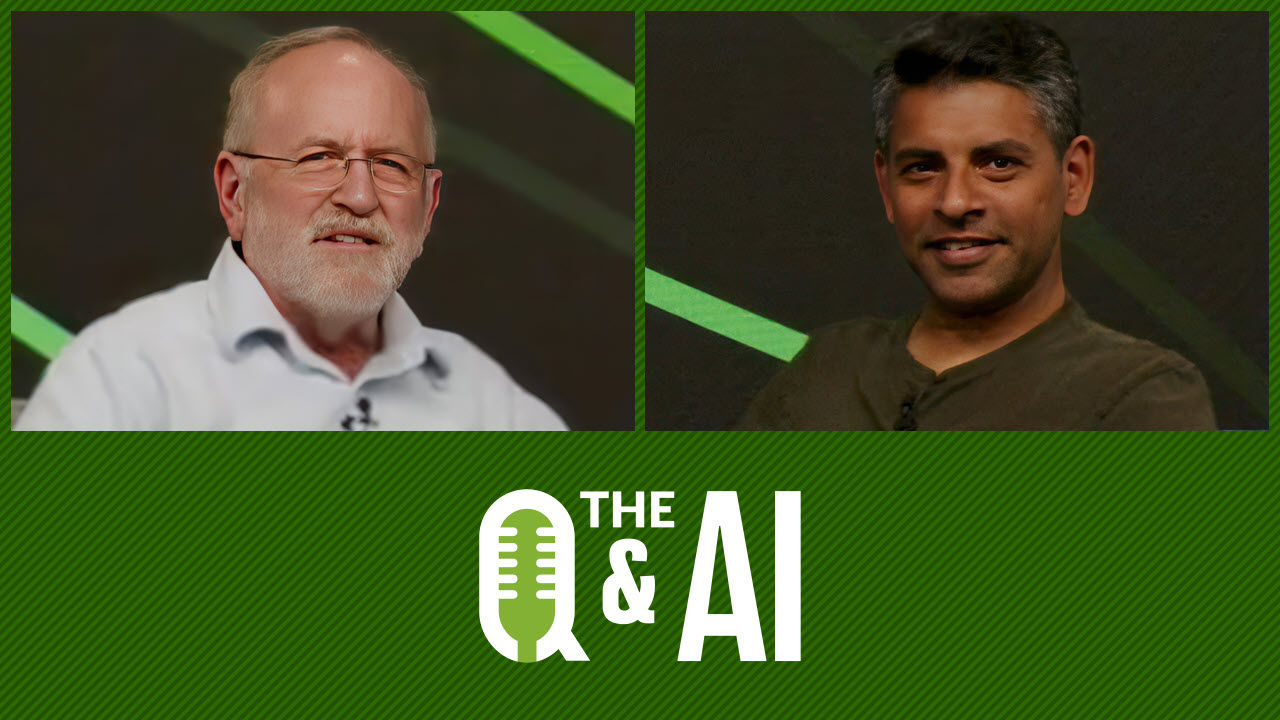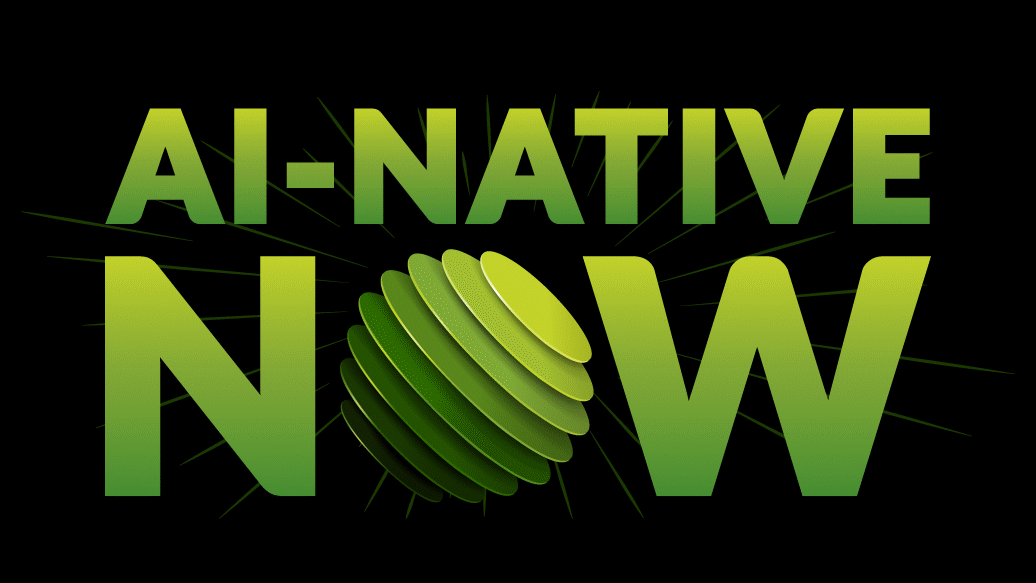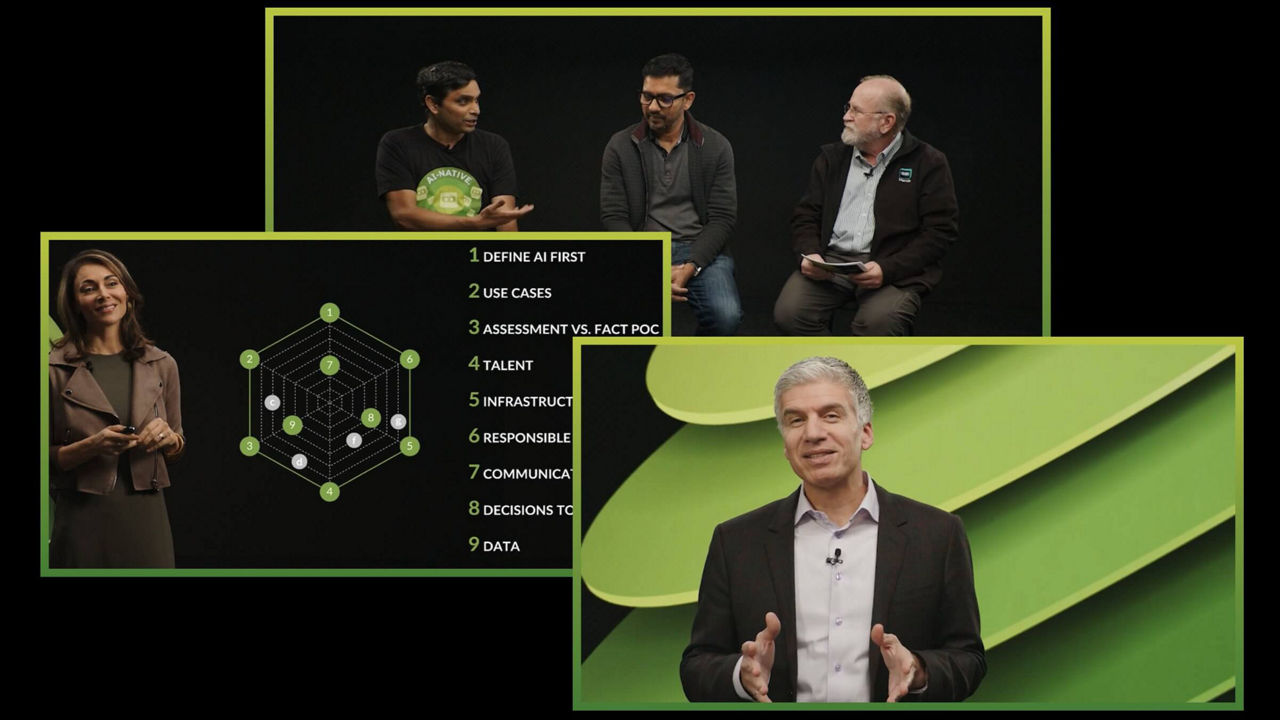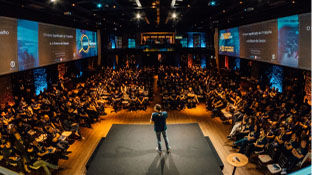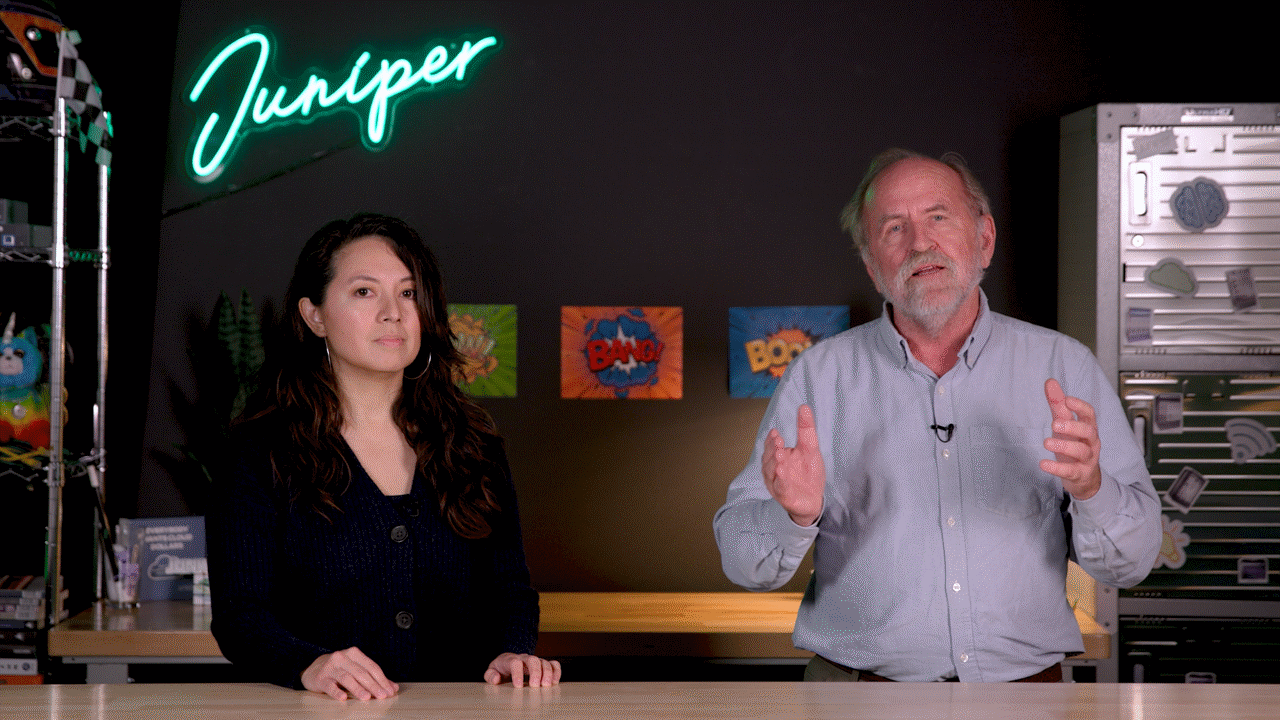Episode 11: AI-Driven Platforms Modernize Mortgages

Episode 11: AI-Driven Platforms Modernize Mortgages
In this episode of The Q&AI Podcast, Bob Friday sits down with Shan Palaniappan, SVP of Infrastructure at Sagent Technologies, to delve into the transformative role of artificial intelligence in financial services. From tackling the complexities of legacy systems to developing fair and transparent AI models, Shan shares insights from his 25+ years of experience in tech, including his journey across startups and his passion for ethical AI implementation.
You’ll learn
How AI is modernizing an industry traditionally reliant on legacy mainframes
How to use AI to create unbiased, explainable decision-making processes in loan assessments
About the mortgage industry’s gradual shift from human-led processes to AI-driven automation
Who is this for?
Host

Guest speakers

Transcript
Bob: Welcome to another episode of Bob Friday Talks. Coming to you from Las Vegas at Juniper's Executive Circle CIO. And today we are joined by Shan Palaniappan, Senior VP of Infrastructure at Sagent Technologies. And today we're going to be talking about AI in the mortgage industry. So Shan, welcome, maybe give the audience a little bit of your background and how you got here.
Shan: My background. Yeah, I've had a long career, about 25 plus years. Had a lot of opportunity scaling multiple different teams in a variety of different startups. So, I've had, worked for like, six startups, three good wins and three somewhat. Alright.
Bob: Congratulations.
Shan: Yeah. Thank you.
Bob: So maybe. Yeah, a little bit about, mortgages, I guess, mortgages are high-risk. We go to the European definition of AI. This is a high-risk AI technology. So maybe give the audience a little bit about how you're approaching AI in the mortgage industry.
Shan: Yeah. It's definitely challenging. I will tell that. Right. So, mortgage tech has been, a little bit of a laggard compared to, like, every other industry.
But for good reasons, the right reason there has been like, very risk averse protection. So, with AI technology these days, you can move mountains, but at the same time, you got to be very careful about how you're applying AI, right? So, it has been a, big journey for us at Sagent. Right.
We started off with, like, migrating all of the code and data and, and, all the logic into the cloud first, and then we're thinking about, like, not thinking, but we're applying AI pretty much natively in a variety of different flows.
Bob: Yeah. So, what I found, I missed when I was trying to build teams. I found I had to get my domain experts and my data science team together. In the mortgage industry, are you trying to build this technology yourself? Are you working with vendors or how do you get the data science in the domain experts and mortgages brought together?
Shan: Yeah, it is, definitely a very interesting place to work. The reasons are very simple, right? So far in my career, I've always been on the infrastructure and platform side. So, we've always on, always fast, always secure. What are the three mantras that we would live by. But now with mortgage it is you got to be more compliant and always apply intelligence in a more ethical manner as well.
Because we're dealing with a lot of sensitive data, right. So, all of my teams are now kind of like blended with not just engineers, but you have like data ops, you have AI ops, you have LLM ops. And yeah, it's a challenge to move not just code, but along with a code, you want to move the data plus the models. For the future.
Bob: Yeah. Maybe on these models. Or are we talking about large language models? I assume you have tons of big data sets to train these models with. Are you actually training these models with big data sets now?
Shan: Absolutely. So, mortgage industry, it's volumes and volumes of data, right. So, we have a variety of different models, right?
It's not just regression models and time series and prediction models, but a lot of it is also LLM. So, to give you an example, what is interesting about Sagent is, we are trying to build a next gen servicing platform, and a lot of our code is still in like mainframe. And we had to reverse engineer that to gather proper requirements to build the next gen technology. Right?
Bob: Yeah. I know people are always worried about, hey, if we're training these models, if there's bias in the data, then the model will be biased. Talking to you before the show, it sounds like you kind of see these AI models actually being probably more fair that we're taking the human element out of the mortgage risk analysis and applying a more fair algorithm to the risk basis.
Shan: Yeah. With AI, actually, you can de-risk it that way, right? Because it's more transparent and it's more explainable within the model structure. Right. To first like de-identify the data make the decision-making process in a very, neutral, fair manner. So as long as you're able to measure bias and fairness and humility scores and, you know, remove the personal aspects from, credit scores and things like that, you can create a more fair model.
Bob: And what do you think the adoption is now in the mortgage industry with AI? Are all these mortgages now being or using AI models to basically do all these mortgage applications, or do you think it's 5050?
Shan: No. Unfortunately, like, we are a lot of the mortgage industry is still on mainframes. There's a lot of work going in, especially for the reasons of like, agility and, lack of, like, mainframe talent. We want to move towards AI and for to give it better real-time, servicing feel to, folks. Right.
Bob: Most mortgages are still being, being done by humans.
Shan: And that's still being done by humans. But the aspirations for us is like, a lot of automation, a lot of like, reviewing documents. And these documents could be financial statements, could be like, credit scores could be like, personal information, very sensitive information.
So, we have to be very careful about how we apply it. So, we end up like de-identifying and, anonymizing most of the data. For example, one of our largest challenge is to assess the loan quality. Or if the loan is going to default, you still have to like respect all the compliance flaws.
Bob: And maybe, you mentioned you had six different startups. When did AI get onto your radar?
Shan: So, Bob, interestingly, I came to the United States in 1998. And my first degree was in Tennessee State University. It was in AI. And then further along, I also had a degree from Harvard. And, I did get to work a lot on AI. So, for me, it started in 1998. But there was a very large gap in between, and it was working on cloud SQL technologies.
Bob: 1998. Yeah.
Shan: Yeah.
Bob: I have a hard time. Yeah. I was back around 1998. Seemed like AI was still.
Shan: Oh, yeah. Yeah. I looked at genetic algorithms then, so. Yeah.
Bob: Well, maybe the at the I know we talked a little bit about education and the role AI in education also. And I think that was part of your adventure also maybe any I know you're passionate about AI education. Any last words of wisdom for the audience?
Shan: Oh, absolutely. I mean, like, I'm really passionate about education. And I've taught at, an Indian school, close by to my home. And, I feel like, education is such a fundamental vertical where I feel, AI has to be applied very responsibly.
If the AI can help human to human collaboration. I feel it'll be more impactful because AI is being used heavily right now for content generation. But it tends to, like, isolate people, and people feel more lonely. So, I feel like, can we use AI to actually foster communication amongst, kids?
Bob: Well, I mean, I think it's clear that AI is going to impact all verticals. We're seeing evolves very quickly in our world. But with that, I want to thank you Shan for joining us on this episode of Bob Friday Talks. I want to thank my audience and look forward to seeing you on the next episode.
Shan: Thank you so much. Yeah, for having me here.




